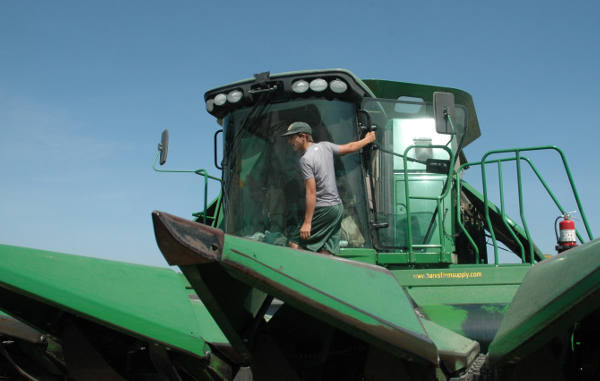July 30, 2013

Much of the state received rain the last of July, greening up rangeland and pastures and improving the outlook for all crops except those already nearing maturity, according to a Texas A&M AgriLife Extension Service expert.
But though the rains helped, much more will be needed to catch the state up to something resembling normal conditions, said Dr. Travis Miller, AgriLife Extension agronomist and Texas A&M University soil and crop sciences associate department head.
“We’re still in widespread drought,” Miller said. “The rains we got mid-July were fairly extensive, and yes, they’ll make a difference. We’re seeing some grass and hay made on it. It will certainly improve the cotton crop and the sorghum crop in the Plains. In South Central Texas, the grain crops are already made. They’re harvesting corn right now, but we’ll make some cotton off the rain.”
If you are enjoying reading this article, please check out Southwest Farm Press Daily and receive the latest news right to your inbox.
The rains were unseasonable for late July as the period is usually one of the driest times of the year, he noted.
It’s important to remember, he said, that drought is a measure of how much below average moisture an area has received over a longer time than just a few weeks — usually three to six months. And much of the state has had only 25 percent to 75 percent of normal precipitation over the last six months.
Still, the rains certainly helped many crops, particularly cotton in the High Plains and South Central Texas, though the crop remains late, he said.
“We got a very late start (with cotton),” Miller said. “As you remember, we had an unusually cool and very dry spring. A lot of cotton was planted late, right at the crop insurance cut-off date. Then the Plains had high winds and hail that damaged seedling cotton in some locations.”
He also noted a significant increase in sorghum acres this year, not only because of the replanting from lost cotton acres, but because of favorable prices.
More information on the current Texas drought and wildfire alerts can be found on the AgriLife Extension Agricultural Drought Task Force website at http://agrilife.tamu.edu/drought/.
Also of interest:
Large cotton supplies, weather will weigh heavily in 2013
You May Also Like




